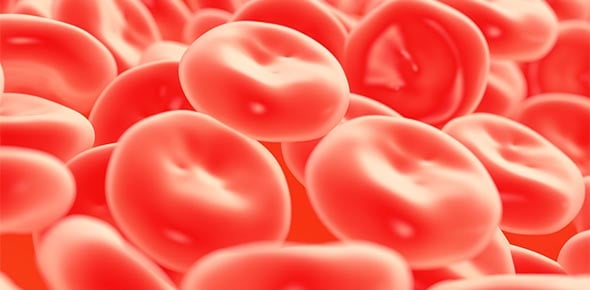CML is a classic example of a malignant disease whose development proceeds through three phases: chronic, accelerated, and blast. At diagnosis, more than 85% to 90% of patients are found to be in chronic phase. Presentations in accelerated or blast phase are rare. CML is characterized by expansion of myeloid progenitor cells at various stages of their maturation, their premature release into the circulation, and a tendency to home to extramedullary sites. Symptoms at presentation therefore reflect the increase in mass and turnover of the leukemic cells. Patients may complain of lethargy and weakness, night sweats, and weight loss. Occasionally, an increase in abdominal girth and abdominal discomfort are caused by an enlarged spleen. A less common finding is easy bruising and bleeding, resulting from platelet dysfunction. Infections are infrequent. Rarely encountered are bone pains, exacerbations of gout, lower-extremity edema, and priapism. Generalized lymphadenopathy and fever, which are rare in patients with chronic-phase CML, may indicate an accelerated disease course. Extramedullary myeloid tumors (granulocytic sarcoma) may occur at any organ site (e.g., lymph nodes, skin, subcutaneous tissue, central nervous system) and by definition indicate blast transformation. There has been a noteworthy trend toward earlier diagnosis of CML. Whereas in older series, 10% to 20% of patients displayed no symptoms, currently, as many as 50% of patients are asymptomatic at diagnosis. Early diagnosis occurs mainly through unexpected findings on routine blood tests (e.g., as part of a regular physical examination or preoperative assessment).
















